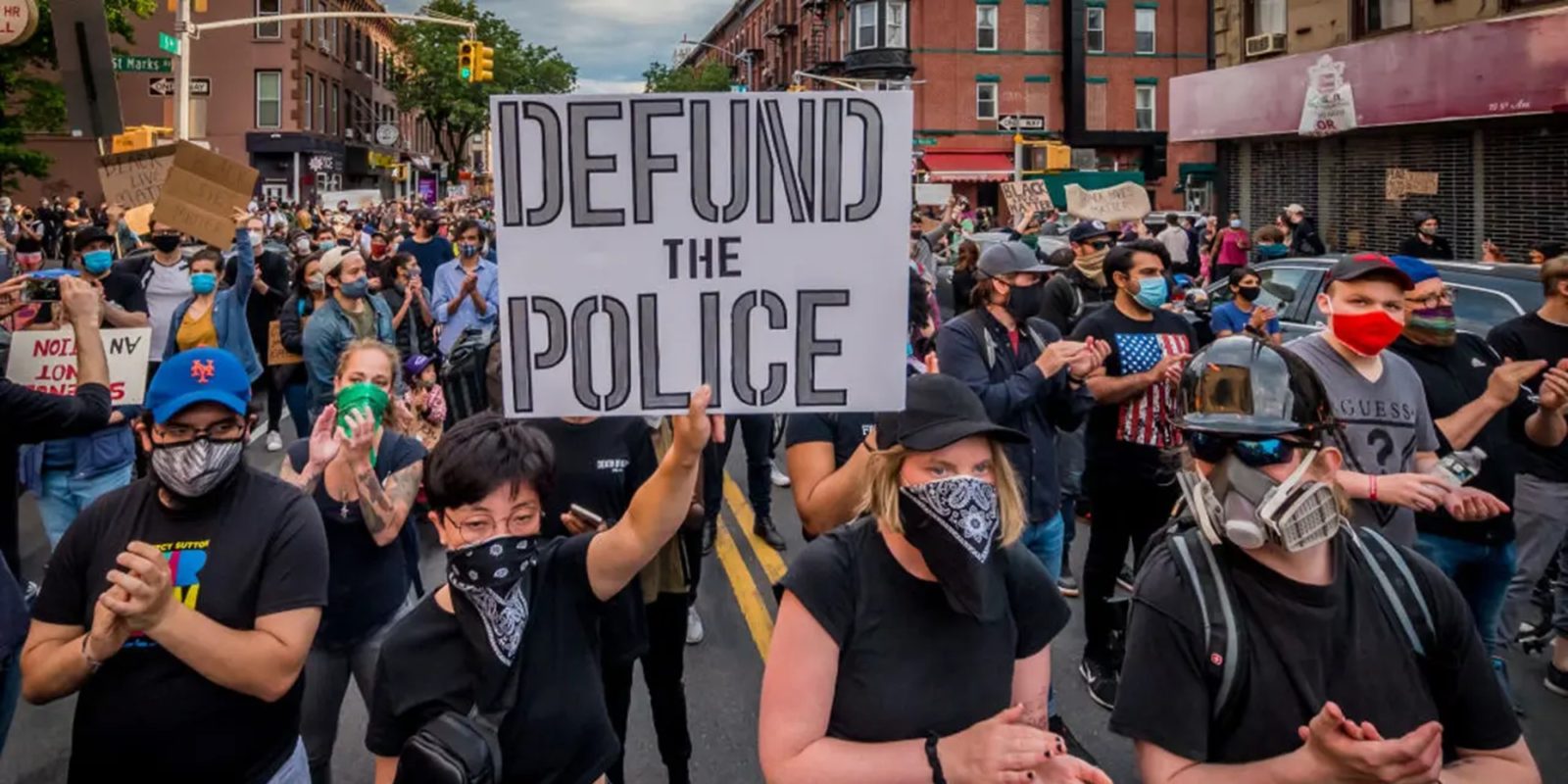The Icon of American Education Schools Greatly Admired the Murderous Cultural Revolution

If there is any patron saint of American education schools based in universities, it is undoubtedly the Brazilian philosopher-educationist Paulo Freire. A close second in such a pantheon might be bell hooks, whose untimely death elevated her in the estimation of those radically inclined in a feverish sort of way.
Freire was a self-declared Marxist, certainly, adopting that faith when in exile from Brazil in the 1960s. But that fact goes strangely unremarked in most mainstream accounts of his influence. That ideological allegiance is still somewhat toxic in American society.
But a Maoist?
Yes, indeed.
Freire freely cribbed the themes of his conscientizacao project from Mao’s education theory. It means “critical consciousness,” and is a more inclusive bastardization of Marx’s “class consciousness.” It means nothing more than that you accept the precepts of neo-Marxism as expressed in what is called critical pedagogy. The scales have fallen from your eyes and you can peer into the viscera of society and see its “contradictions” and witness the key relationships of power and privilege.
That’s the short version, but sums it accurately.
If it seems familiar, that’s because it’s a discount rack edition of the Cave Allegory that appears in Plato’s Republic from approximately 380 BC.
Here’s the upshot:
When I embrace critical consciousness, this means that I have progressed from false consciousness — I’m out of the cave.
Your false consciousness means you have not progressed to critical consciousness — you’re still in the cave.
See how it works?
The idea of this conscientizacao is tautological, of course. Its child-like circularity is a key that you deal with the cosmological comprehensiveness of pseudoscience.
Freire-washing of Maoist education theory renders it high-toned and esoteric for would-be teachers, who believe that they’re being ushered into the august company of “those who know” when they actually join a ghetto of the gullible mouthing second-hand Maoism.
Let’s have a look at Freire’s admiration of Mao’s Cultural Revolution, along with his tips of the hat to Lenin and Stalin and Castro that he penned for CrossCurrents in 1974, long after the barbarism of Mao’s Cultural Revolution was already internationally known. Coincidentally, that was the same year that Michele Foucault ended his four-year flirtation with Maoism, an embarrassment that Foucault’s admirers rarely deal with.
If you’d rather not wade through the standard oppressor/oppressed boilerplate that is de rigueur for all critical pedagogical propaganda, fast-forward to pages 27-28 for the explicit paean to Mao.

